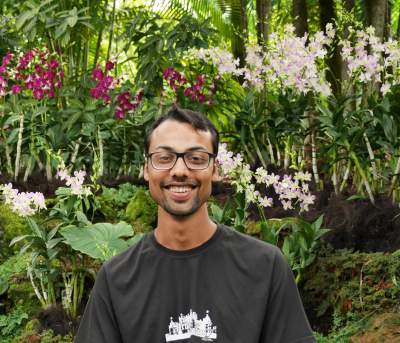

Quantum Work Distribution for an open nonequilibrium quantum system under Dr. Jiangbin Gong and Dr. Arjendu Pattanayak at National University of Singapore, Singapore , during May-July 2014
The aim was to study quantum work distribution of dissipative Duffing oscillator with driving as the externally controlled parameter. It is chaotic in classical limit for certain parameters. We were using Lindblad operator in Quantum State Diffusion formalism. Our concern was how the shape of the distribution depends upon time and other parameters (particularly when the system goes between regular and chaotic behavior) and how dissipation constant scales with hbar for quantum-classical correspondence.
After the literature review, we defined the protocol for extracting work when starting with an arbitrary state for our problem. Then code was written for finding eigenfunctions and eigenvalues in SHM number basis and finding time-evolved wavefunction using split-operator method.
The energy balance equation, which relates energy, work and heat, for a close and open (like Langevin dynamics) classical and quantum systems was studied. The report can be found here. The work is still in progress.
The problem nicely breaks down into two separate parts: a point particle free-falling under gravity and a free- particle on a ring as Hamiltonian of translation and rotation commutes. Once started with maximally permissible localized state (so as to have a classical analogue of tossing the coin with some initial position, velocity, orientation and angular speed) in position and orientation(angle) spaces, time evolution of wave-function was computed. Then the quantum probability of getting a head as a function of time was computed. We found that it fluctuates around the value of half. The work is still in progress. The report can be found here .
After understanding the assigned problem through literature review, the specific Inter-Steller Matter (ISM) system under consideration was modeled using the code Cloudy with the characteristics given in literature. A lot of trials were attempted so as to reach an optimized model explaining most of the observed properties. The report can be found here here .
